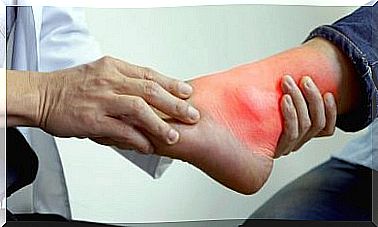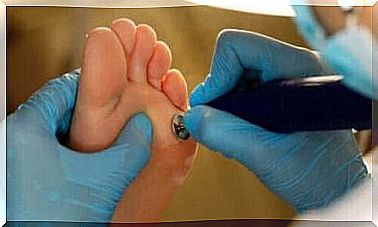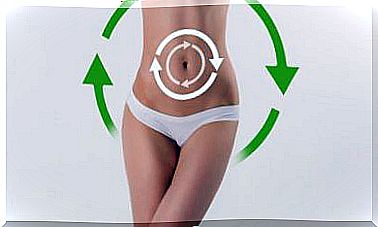Do Home Pregnancy Tests Work?

Pregnancy tests work by detecting the hormone human chorionic gonadotropin (hCG), which the body produces when a fertilized egg implants itself in the lining of the uterus during early pregnancy.
Home pregnancy tests are best done with the first urine of the day, especially in a very early pregnancy. However, doctors recommend that you then have a blood test to confirm the pregnancy.
Blood tests are done at the doctor’s office or in the hospital and detect small amounts of the hCG hormone. This allows them to detect a pregnancy at an early stage. In general, women go to a doctor after taking a test at home first.
Home pregnancy tests are the most popular and easiest to do. They are usually inexpensive, can be bought at any pharmacy and drug store, and women can do them themselves. But what kinds of tests exist and how accurate are they really? We tell you all about it in this article!
Early Pregnancy Symptoms

A woman takes a pregnancy test if she suspects she may be pregnant. In addition to missing a period, she should feel some of the early symptoms, either for a few days or for one or more consecutive months.
The truth is that, according to the National Institutes of Health, missed periods can have several causes. They cite among these causes:
- taking the contraceptive pill.
- conditions such as diabetes and polycystic ovarian syndrome.
- eating disorders
- the use of certain medications.
Below we will discuss what the early signs of pregnancy are in general. These traditional symptoms can start anytime between two and eight weeks of pregnancy.
These phenomena occur due to the effects of human chorionic gonadotropin (hCG). However, it doesn’t always happen and some women can enjoy their pregnancy without feeling nauseous and vomiting.
Nausea and/or vomiting
In fact, according to a poll of pregnant women on early pregnancy symptoms by the American Pregnancy Association , 25% of women surveyed indicated that nausea was the first sign of pregnancy.
Mild spotting or bleeding
This is also known as implantation bleeding. It occurs when the embryo implants itself in the uterus between 6 and 12 days after conception. Some women experience spotting and cramping. Nevertheless, only 3% of women identified implantation bleeding as their first sign of pregnancy.
Breast changes
Higher hormone levels and changes in breast structure cause sensitive nipples and breasts from three to four weeks after conception. About 17% of women reported that a change in their breasts was the first symptom of pregnancy.
Frequent urination

The urge to urinate occurs more often during pregnancy. The hormone hCG increases blood flow to the pelvic area of the body and thus the urge to urinate. This usually happens between the sixth and eighth week of pregnancy.
Fatigue or tiredness
Due to increased progesterone levels and the body’s efforts to support pregnancy, pregnant women usually feel tired during early pregnancy. This symptom disappears in the second trimester and may return by the due date.
Headache
Headaches are common during the first trimester of pregnancy. The main causes are the hormonal changes and stress. In some cases (slight) dehydration can play a role.
Home Pregnancy Tests
You can buy a home pregnancy test at any pharmacy or drug store. Depending on the brand, these urine tests come with a test strip or a receptacle to test the urine. Follow these steps to take a pregnancy test:
Hold the test strip in your urine stream for 5 to 10 seconds. If the pregnancy test has a receptacle, pee in it and then insert the test strip into the receptacle for 5 to 10 seconds.
On the packaging you will find the time after which you can read the final verdict. After this time has elapsed, the test will display the result of the reaction between the reagent on the test strip and hCG.
The test strip may show a plus or minus sign, a single or double line, or other signs or symbols on the test window to indicate whether you are pregnant or not. Each test comes with instructions.
There have been cases of false positives (Spanish link). In other words, the test said the woman was pregnant even though she wasn’t. This can happen, for example, if the woman:
- had a miscarriage shortly after the fertilized egg was attached to the uterine lining.
- underwent a pregnancy test shortly after undergoing fertility treatment.
- there is an ectopic pregnancy.
- enter menopause.
- have ovarian problems.
Despite the above, if the home pregnancy test indicates you are pregnant, it is best to make an appointment with your doctor to confirm the results with a blood test. Blood tests can also discover what is going on in your body if you are not pregnant.
Other types of pregnancy tests
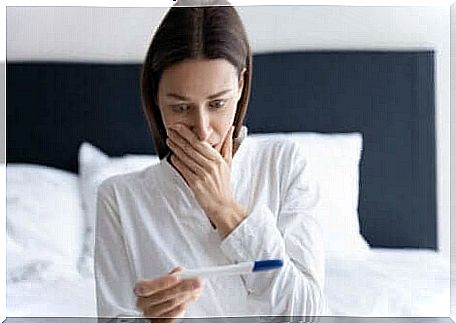
If you don’t have access to one of these scientifically proven tests, according to anecdotal folklore, there are other tests that can work, as they detect the response of human chorionic gonadotropin (hCG). However, these tests are not scientifically proven.
The shampoo test
This test has yet to be proven by science. In this test, you collect some urine in a plastic container. Then mix shampoo and water in another container. This results in a soapy mixture that you have to mix with your urine.
If the mixture foams, it should be positive. People claim it works because hCG would react with the shampoo and make it foam.
Sugar
There is currently no scientific evidence available on whether a sugar test can show whether you are pregnant or not. People say it works because the pregnancy hormone prevents the sugar from dissolving.
Put a tablespoon of sugar in a plastic container and then pour a tablespoon of urine over it. If the sugar clumps, the result is positive. On the other hand, if the sugar dissolves quickly, the result will be negative.
Toothpaste
Also for this test there is no evidence that it can show whether you are pregnant. According to popular culture, it works because toothpaste changes color when it comes into contact with hCG.
To use the toothpaste pregnancy test, put toothpaste in a container and pee in it. The toothpaste should be white, as it’s supposed to look blue. If this is the case, the result is positive.
Can you trust home pregnancy test results?
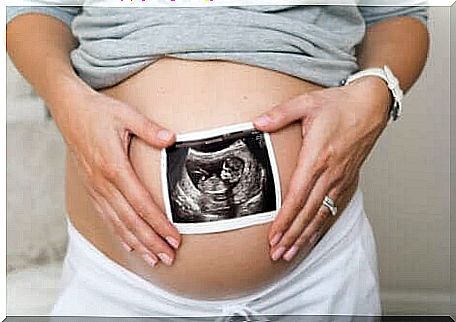
You can trust the results of pregnancy tests bought at the pharmacy or drugstore. The results of these home pregnancy tests are generally correct. False-positive results only occur in certain situations, such as those we mentioned above.
Science only supports the effectiveness of these home pregnancy tests. The last 3 tests we mentioned in this article are only anecdotal and have not been scientifically proven to be true.
If you are experiencing any of the early pregnancy symptoms, it is best to do a purchased test to find out if you are pregnant or not. After that, go to your trusted doctor to have the result confirmed.
